Can SMT stencil handle fine-pitch and BGA designs?
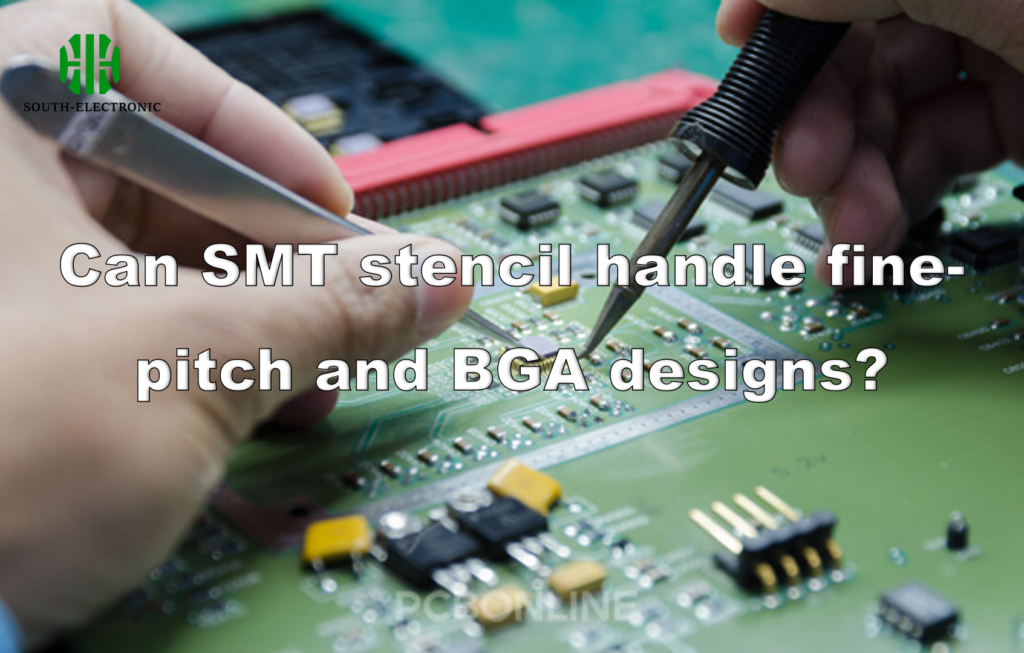
Master SMT stencils: Laser-cut stainless steel with optimized apertures handles fine-pitch/BGA. Choose frames correctly, clean rigorously (every shift, hourly micro-BGA), extend lifespan with proper care for perfect printing.
What is the difference between PCB and Mcpcb?

Compare PCB vs MCPCB thermal performance. Learn metal core PCB design, aluminum/copper core differences, and heat management for LEDs/power electronics. Prevent overheating failures.
What is a FPC Connector?
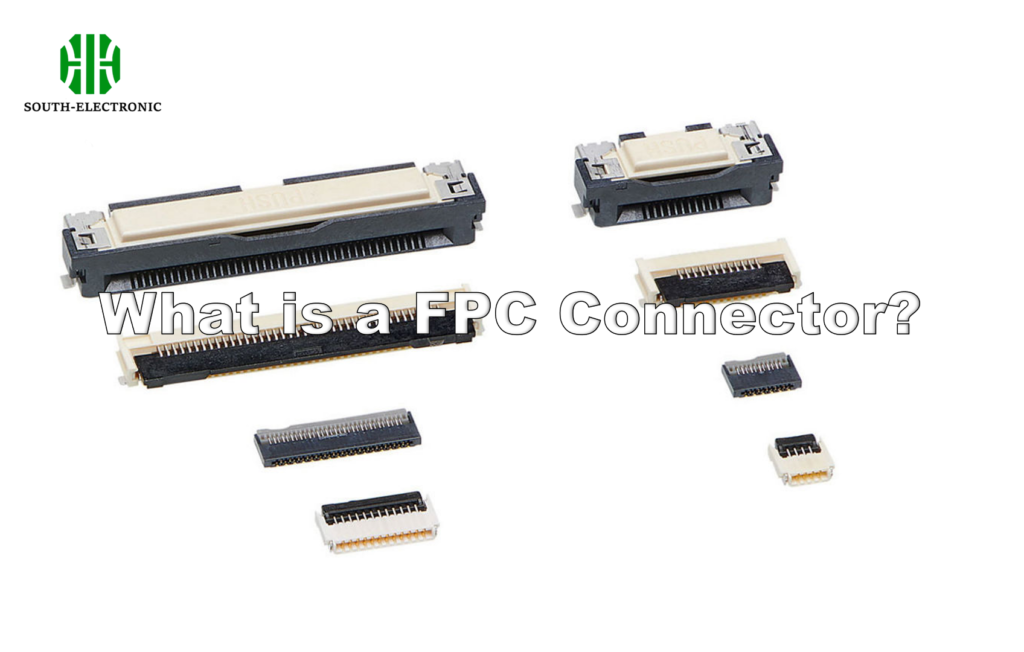
Master FPC connector design, prevent common failures, and select the right flex connector for compact electronics. Essential tips for reliable integration in smartphones, laptops.
Do you know the different types of PCBs? 31 PCB diagrams to expand your knowledge!
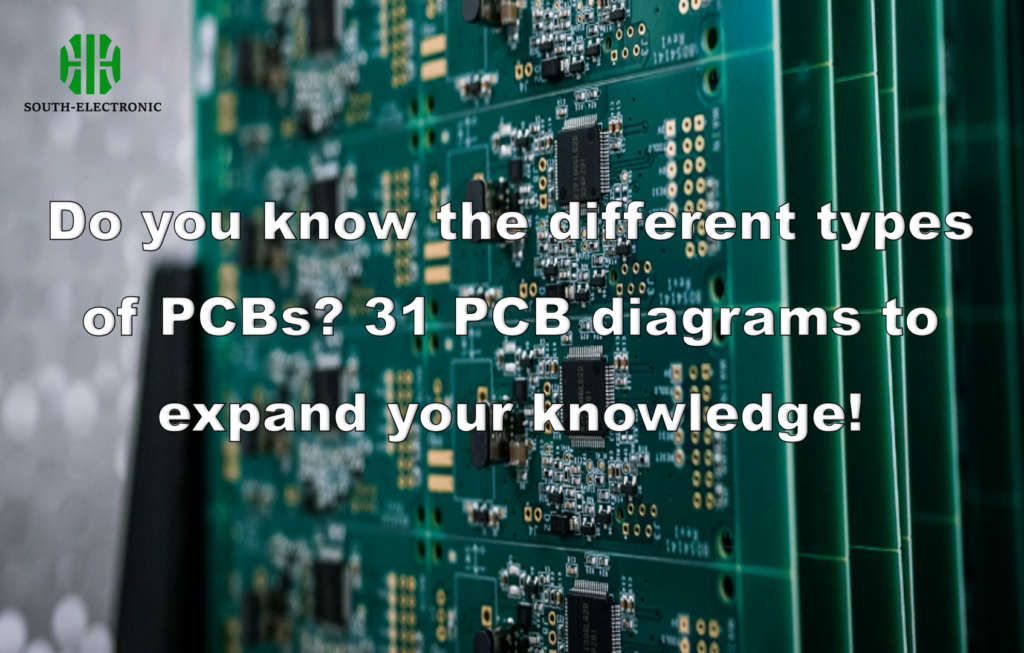
Explore advanced PCB types: specialty boards (e.g., ceramic, Teflon, gold finger), HDI layers, flexible circuits, rigid-flex designs, and high-layer backplanes for cutting-edge electronics.
What’s the difference between immersion gold and gold plating on PCBs?
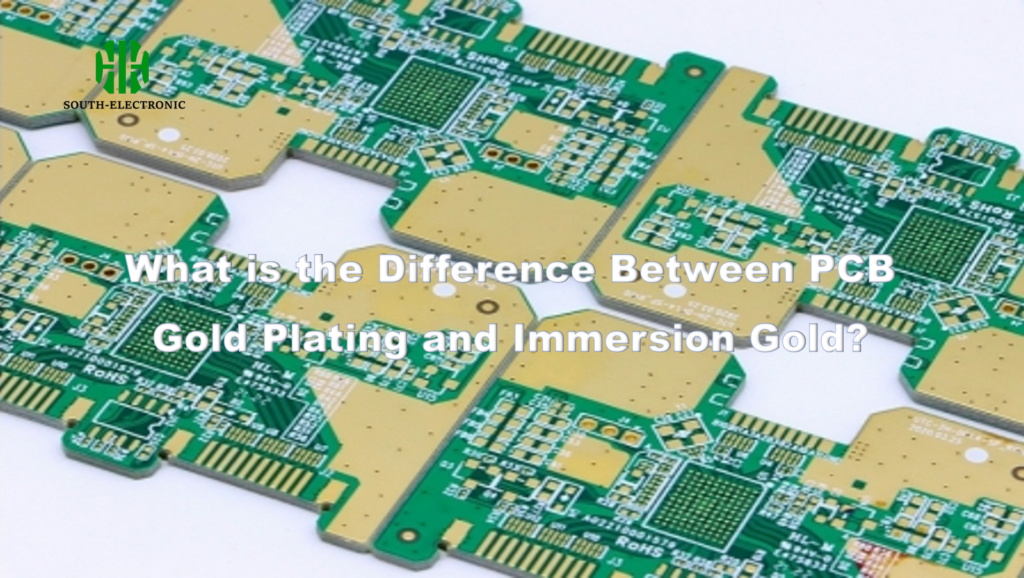
Gold plating (electrochemical process) creates thicker, harder surfaces ideal for durable applications like gold fingers. Immersion gold (chemical process) offers thinner, flatter finishes optimal for fine-pitch components and solderability.
What is the difference between PCB colors?
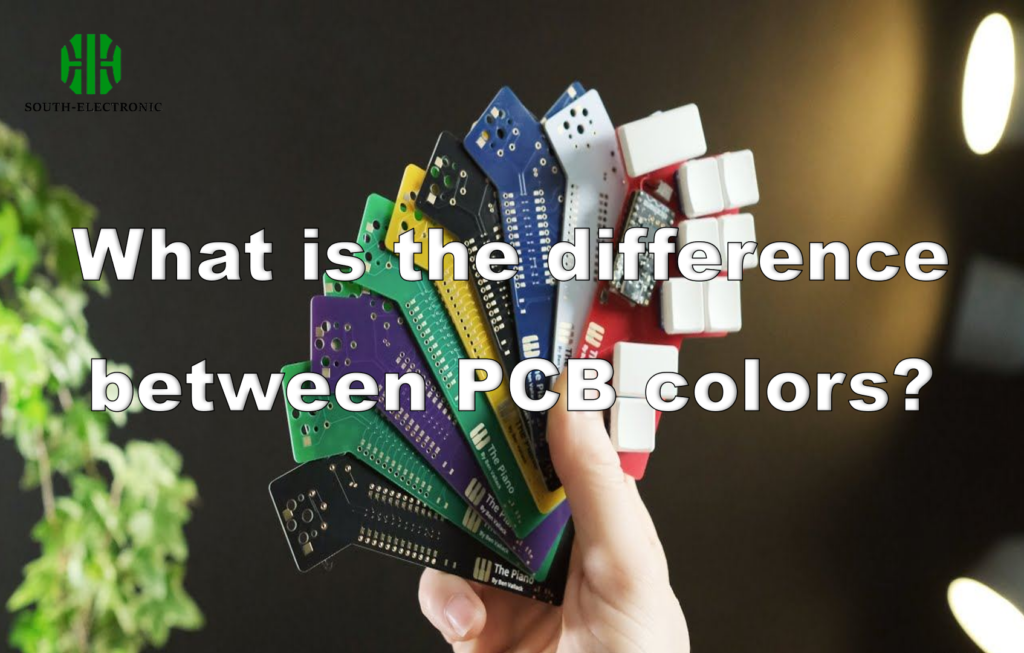
PCB color refers to solder resist layer hues like green, black, or red. Green dominates due to cost, contrast, military standards, and eco-friendliness. Other colors face trace visibility or production challenges.
What causes blistering on PCB surfaces?
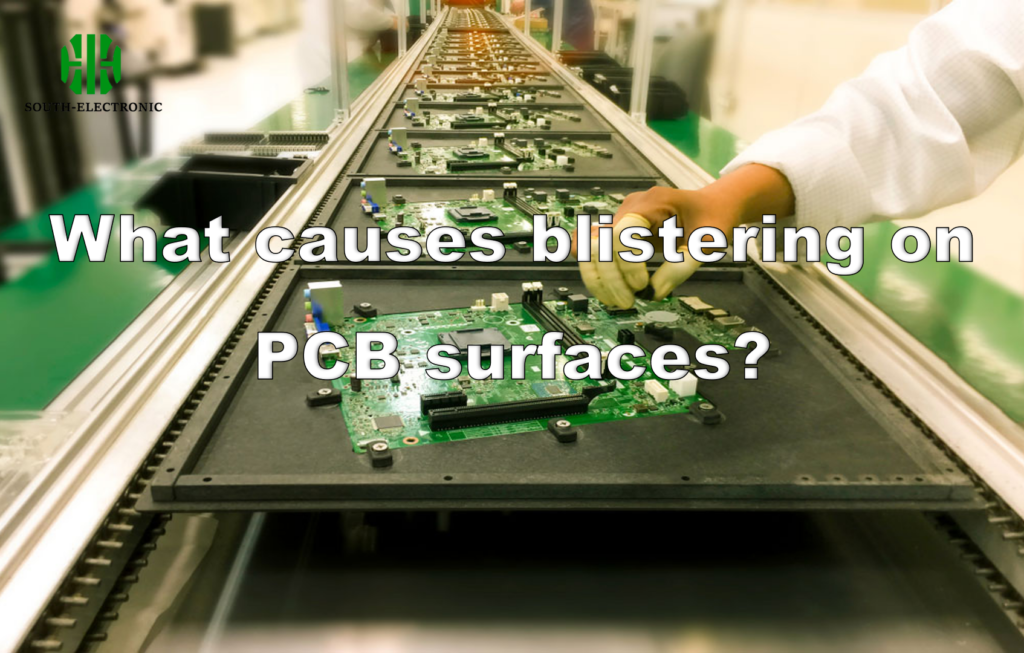
Key causes of PCB blistering: substrate issues, contamination, poor brushing, plating defects, microetching errors, oxidation, and process control failures.
Debugging a PCB: Five Essentially Foolproof Steps
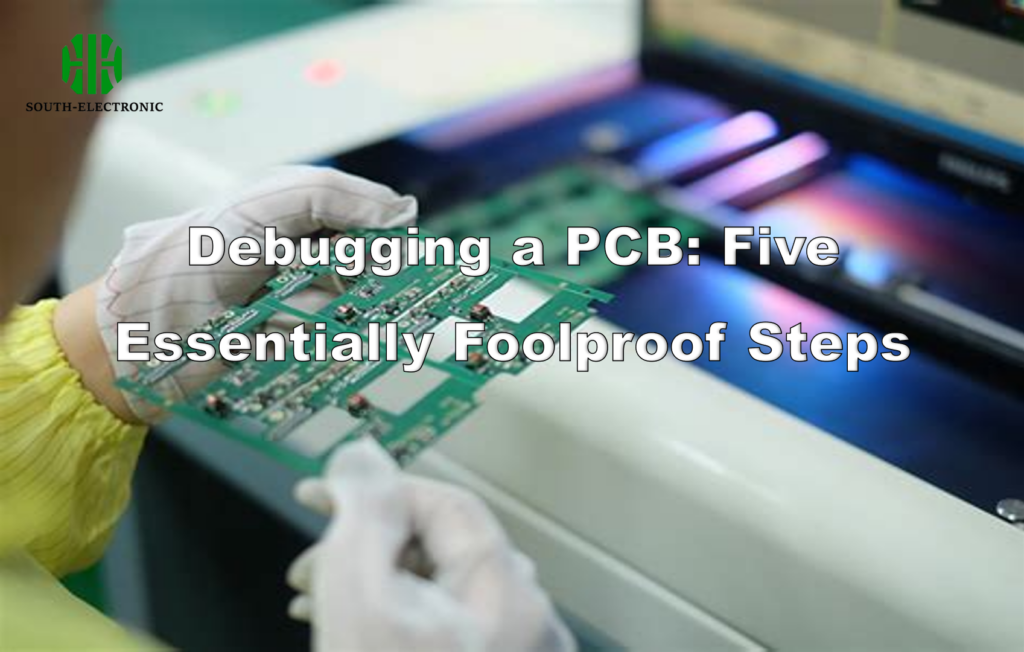
Master PCB debugging with 5 essential steps: pre-power checks, safe power-on phases, structured troubleshooting, accurate measurement techniques, and fault isolation methods to prevent recurring issues.
Is your PCB pad design correct?

Proper PCB pad design is crucial for component reliability and manufacturability. Issues like solder bridging, tombstoning, and circuit breaks stem from incorrect pad sizing/placement. Standards guide SMT, BGA, and through-hole pad design.
A Complete Guide to Treating PCB Copper Surface Oxidation
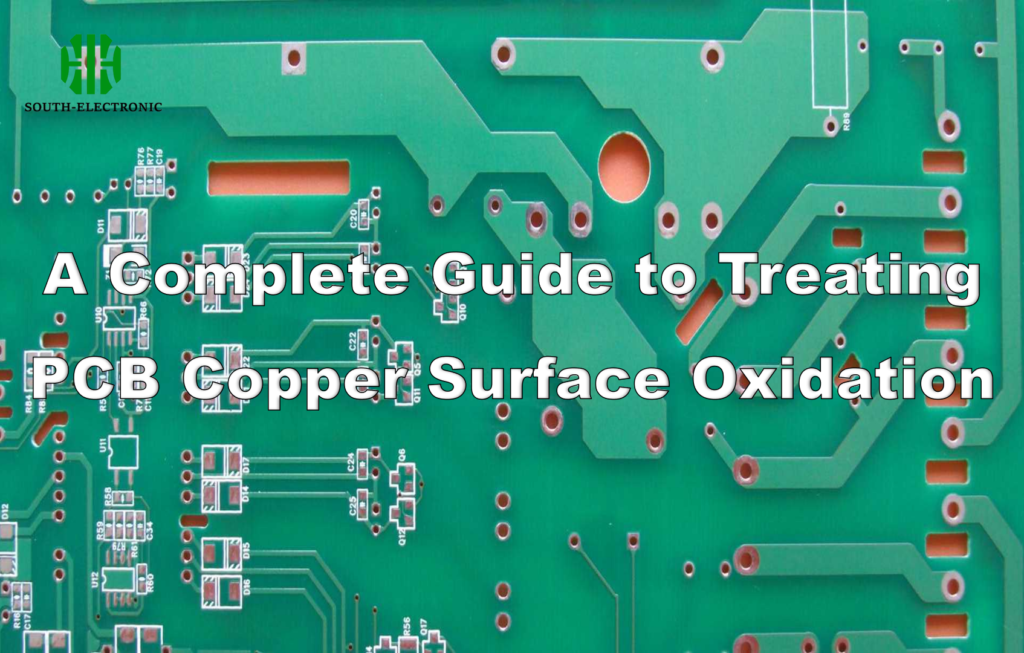
Combat PCB copper oxidation: explore causes (baking mishandling, coating loss, micro-pore humidity), treatment methods (cleaning, passivation, antioxidants), and prevention via storage/process optimization.


